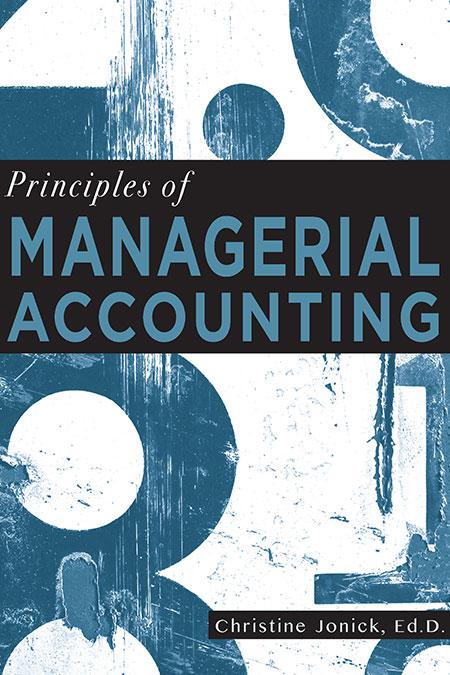Question
Date Transaction June 1 Started the business with (ID x 500) in cash. June 2 Borrowed (ID x 50) + $100,000 in the form of
Date Transaction June 1 Started the business with (ID x 500) in cash. June 2 Borrowed (ID x 50) + $100,000 in the form of a note payable. June 2 Purchased land with cash for (ID x 12). June 2 Purchased building with cash for (ID x 150). June 3 Purchased equipment on account for (ID x 50). June 4 Purchased a 12-month insurance policy for $24,000. June 5 Purchased $10,000 of Food and Beverage Inventory on account. June 5 Generated $55,000 in room revenue. The guests paid cash. June 6 Generated $3,000 in food and beverage revenue on account. June 10 Paid $1,500 in cash for advertising. June 15 Paid a utility bill of $2,000 in cash. June 18 Received a $500 cash deposit for a future banquet. June 22 Paid $1,800 in cash to repair an elevator. June 28 Paid $4,000 in wages in cash. June 30 You withdraw $500 from the business for personal use. After you have corrected Part 1, the following transactions are adjusting entries that need to be booked as of June 30, 20XX: 1. The money borrowed on June 2 is an interest-only loan with a 10 percent interest rate. The interest accrues each month even though it is only paid quarterly with the first payment not due until September 2, 20xx. Compute interest on a monthly basis not by number of days. 2. The building has no salvage value and is depreciated on a straight-line basis over 30 years. Compute on a monthly basis not by number of days. 3. The equipment has no salvage value and is depreciated on a straight-line basis over 10 years. Compute on a monthly basis not by number of days. 4. One month of insurance coverage has expired. Assume an entire months worth of insurance has expired not only the number of days between payment and end of June. 5. There is $5,000 of food and beverage inventory left in storage at the end of the month and there was no inventory used for internal purposes. 6. The last payday was June 28th (employees were paid for working that day). Wages accrue at $2,000 per day. Prepare adjusting entries (Chapter 3) in good form based on the above information. (Part 1 entries are not required and should not be turned in) Post the journal entries into T-accounts (make sure you have a total amount for each account and that the T-accounts have Part 1 and Part 2 amounts). Remember t-accounts do not go away. Any T-account from Part 1 whether it was affected or not needs to be included. There should be no hardcoded numbers on the T-accounts, formulas only. Complete an adjusted trial balance in good form as of June 30, 20x
Prepare closing journal entries to close out all required accounts. (Part 1 & 2A entries are not required and should not be turned in as part of part 2B) Post the journal entries into T-accounts (make sure you have a total amount for each account). Remember t-accounts do not go away. Any T-account from Part 1 & 2A whether it was affected or not needs to be included. There should be no hardcoded numbers on the T-accounts, formulas only. Complete the Income Statement in a departmental schedule format (not USALI) for June 20xx. Assume there is only 1 department and it includes all revenue but the revenue is still shown in the individual accounts you booked it to. There should be no hardcoded numbers on the income statement, formulas only. Complete a final Balance Sheet in good form as of June 30, 20xx.
Step by Step Solution
There are 3 Steps involved in it
Step: 1

Get Instant Access to Expert-Tailored Solutions
See step-by-step solutions with expert insights and AI powered tools for academic success
Step: 2

Step: 3

Ace Your Homework with AI
Get the answers you need in no time with our AI-driven, step-by-step assistance
Get Started


